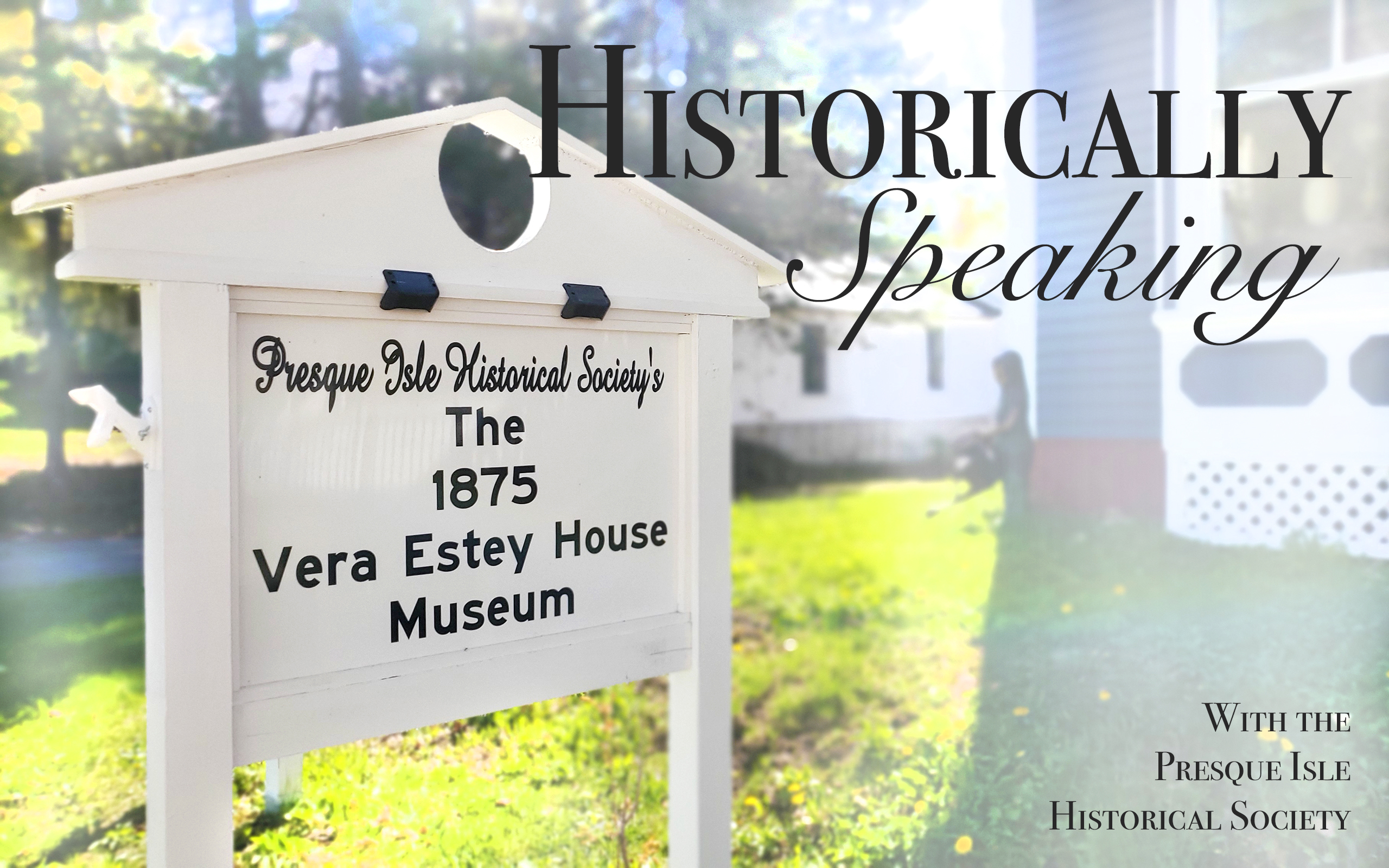The Civil War was the deadliest war in American history with 720,000 soldiers and civilians killed. It began in 1861 when eleven southern states who supported slavery seceded from the United States of America and formed the Confederate States of America. Essentially, the Confederacy (South) fought the Union (U.S. federal government, or North).
The fighting began when the Confederacy attacked a Union military installation, Fort Sumter, in South Carolina on April 12, 1861. Confederate General Robert E. Lee officially surrendered to the Union on April 9, 1865, at the Court House in Appomattox, Virginia.
Maine was considered a “free” state (i.e., did not support slavery) and was one of 23 states loyal to the Union.
Today every American male must register for the “draft” upon reaching the age of 18. Some may remember the controversy about the draft and those who “dodged” the draft during the Vietnam War by fleeing to Canada. Did you know that the draft (known as “conscription” at that time) was first introduced during the Civil War?
As it did during the Vietnam War, the draft caused demonstrations and riots as well as charges of class discrimination. During the Civil War, some men did flee to Canada to avoid serving. The South introduced the draft for the first time on April 16, 1862. It required a three-year length of service for men ages 18-35. This was later changed to 17-50. The North instituted its first draft in July 1863. It also called for a three-year length of service, but for men ages 20-45. The North also allowed the hiring of substitutes to serve in one’s place or a “commutation fee” of $300 to avoid serving.
Exemptions were made for only sons, for medical reasons, and for certain occupations. Telegraph operators, railroad engineers, judges and certain other government workers were not drafted. If you had poor eyesight in your right eye, had no molars or front teeth, were missing one finger on your right hand or two on your left, you were exempt. Although seemingly random and odd things, all of these were necessary for a soldier. Good eyesight was required for accurate shooting, teeth were needed to open the gun powder flask to load the weapons of the day, and the fingers were required to pull the trigger.
The federal government put the actual burden of the draft of the states. Each state had a quota as to how many men it had to provide to the federal government for the draft based on its population. However, once men saw that it was inevitable that they would have to serve, many enlisted and received a cash bonus for doing so. It is said that men from Presque Isle received $400 for enlisting while men in other towns were paid differently. Only about 2 percent of the soldiers had to be drafted.
Presque Isle, like 146 other Maine communities, has a Civil War monument. Ours is located in the historic Fairmount Cemetery and was erected in 1873. After a few delays, it was officially dedicated on July 4, 1874. Ladies from Presque Isle took up a collection for this monument and it was made by S.P. Bradbury of Bangor.
The dedication ceremony began at 10 a.m. on that July 4 with a mile-long procession of approximately 1,000 people. James Phair, a local Civil War vet and Presque Isle’s postmaster served as the marshall of the day. The ceremony was presided over by Reverend Collamore Purington, who had served in the Civil War as chaplain of the 7th Regiment. The Presque Isle monument was one of the first in the state as the majority were dedicated after 1900.
Although the monument sits within Fairmount Cemetery, there are numerous “burial grounds” around the city in which the graves of Civil War soldiers can be found.
In 1860, Presque Isle had a population of 723, and in 1870, a population of 970. This population was fairly evenly split between men and women. At the time, our primary industries were lumbering and agriculture. Imagine the impact on society when half of the men (about one-quarter of the overall population) left to fight in the war. Of that, about 33 percent perished in the war. There are no known statistics as to how many came home missing limbs or suffering from what we know today as posttraumatic stress syndrome, a psychological malady that was first recognized during the Civil War.
There were an estimated 10,000 “occasions in which hostilities occurred” during the Civil War. Of these 10,000, the US National Park Service considers 391 significant. The battle closest to Presque Isle occurred in St. Albans, Vermont. On Oct. 10, 1864, confederate prisoners, who had been captured by the Union and then escaped to Canada, returned to Vermont where they proceeded to rob a bank of $208,000 with hopes of financing their return to the South, increasing the Treasury of the Confederacy, and diverting Union troops from other battles. The “Rebs” were caught and the money recovered.
The end of May is the time we as Americans remember those who have gave their lives while serving in the military — Memorial Day. Memorial Day was originally known as Remembrance Day and was actually established after the Civil War.
If you are interested in learning more about Presque Isle’s connection to the Civil War, join Presque Isle Historical Society for the Civil War Trails Tour on Memorial Day, Monday, May 29. The tour, aboard Molly the Trolley, requires reservations as seats are limited. Tickets are $10 per person and reservations may be made by emailing the Society at pihistoricalsociety@hotmail.com.
Kimberly R. Smith is the secretary/treasurer of the Presque Isle Historical Society.





